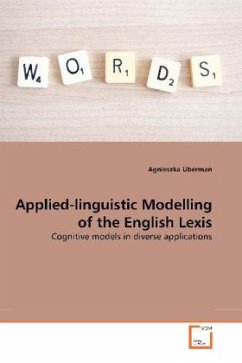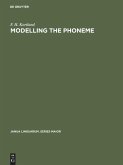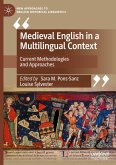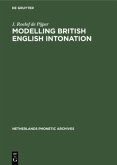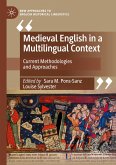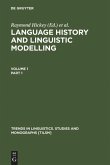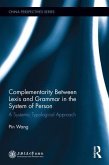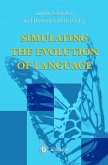The publication sets out to specify the notion of applied-linguistic modelling of the lexicon. It presents the structure of the lexicon from theoretical-linguistic viewpoint. Various word combinations and groupings are addressed with regard to the linguistic properties of the lexical subsystem of language. Selected cognitive models are depicted within the applied-linguistic framework. Exemplary frame descriptions of two conceptual frameworks, i.e. the frame of sewing and the frame of crying are presented. They focus on the specification of an extensive network of elements contained in the frames and the possible steps included in the scripts of respective activities. English lexemes denoting the elements of the frames are compared with their Polish equivalents. Culturally-significant frame elements underlying lexical meanings are emphasised. Various metaphorical extensions of particular frame elements are pointed out and compared to the Polish language in search of adequate counterparts or parallels. Exemplary applications of the aforementioned frame descriptions are provided within the disciplines of teaching English as a foreign language as well as pedagogical lexicography.
Bitte wählen Sie Ihr Anliegen aus.
Rechnungen
Retourenschein anfordern
Bestellstatus
Storno

